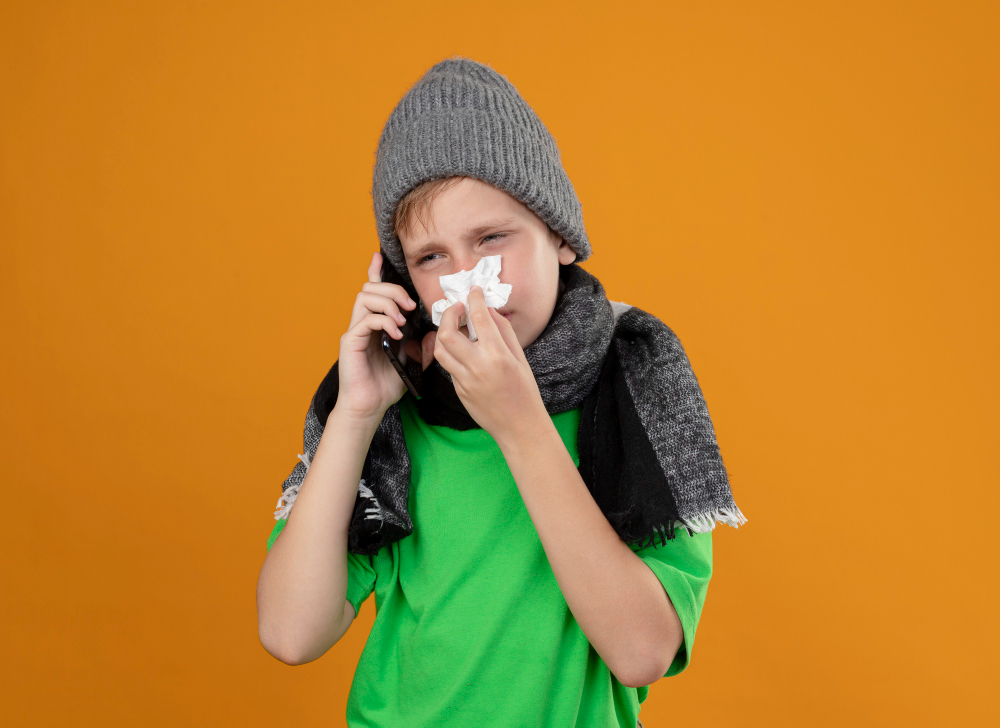What Are Winter Allergies in Children?
Winter allergies in children are allergic reactions that happen during the colder months. Unlike colds or the flu, these allergies are not caused by viruses. Instead, they are triggered by things in the environment. For example, dust mites, mold, and pet dander are common triggers. Many parents notice their kids have more allergy symptoms indoors during winter. This is because children spend more time inside, where these triggers are often found. Understanding winter allergies in kids can help you spot the signs early and take action.
Common Symptoms of Winter Allergies
It can be hard to tell the difference between a cold and winter allergies in children. However, allergies usually last longer than a cold. Also, allergy symptoms often get worse indoors. Here are some common child allergy symptoms in winter:
Sometimes, children may also feel tired or have trouble sleeping. If symptoms last for weeks or keep coming back, allergies may be the cause. But if your child has a fever, it is more likely a cold or infection.
Main Causes and Triggers During Winter
During winter, children spend more time indoors. As a result, they are exposed to indoor allergens. The main causes and triggers of winter allergies in kids include:
Because windows stay closed in winter, these allergens build up inside the home. Therefore, children with allergies may have more problems during this season.
How Winter Allergies Are Diagnosed
If you think your child has winter allergies, it is important to see a doctor. First, the doctor will ask about your child’s symptoms and medical history. Then, they may do a physical exam. Sometimes, allergy testing is needed. This can include:
With the right diagnosis, you can find out what is causing your child’s symptoms. This helps you choose the best treatment and prevention steps.
Effective Treatment Options
Treating winter allergies in children starts with avoiding triggers. However, sometimes this is not enough. Doctors may suggest:
Always talk to your child’s doctor before starting any medicine. Some treatments are not safe for young children. The CDC and pediatric experts recommend following your doctor’s advice for the safest care.
Prevention Tips and Lifestyle Guidance for Families
Preventing winter allergies in children can make a big difference. Here are some simple steps you can take at home:
In addition, teach your child to wash their hands often. This helps reduce the spread of germs and allergens. If you want to know how to prevent winter allergies in children, these steps are a good start. But every child is different, so you may need to try a few options to see what works best.
When to See a Doctor
If your child’s allergy symptoms are severe or do not improve, it is time to seek medical help. Also, if your child has trouble breathing, wheezing, or swelling, get help right away. Early treatment can prevent problems and help your child feel better faster.
Conclusion
“Winter allergies in children can be challenging, but there are ways to manage them. By understanding the symptoms, causes, and prevention tips, you can help keep your child comfortable during the colder months. For the best care, consult a pediatrician at TRILOMA SHIVA CLINICS for advice tailored to your child’s needs.”

